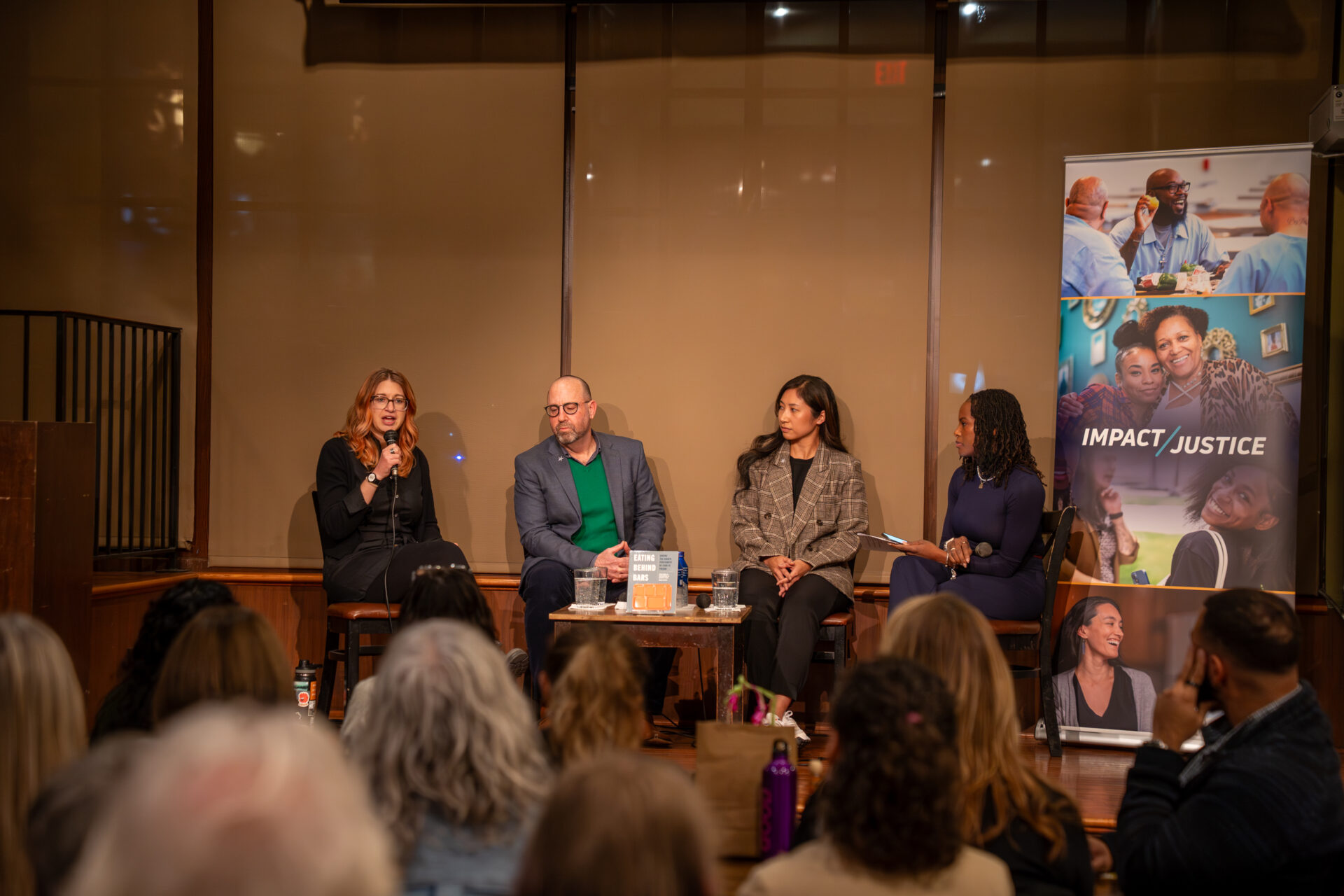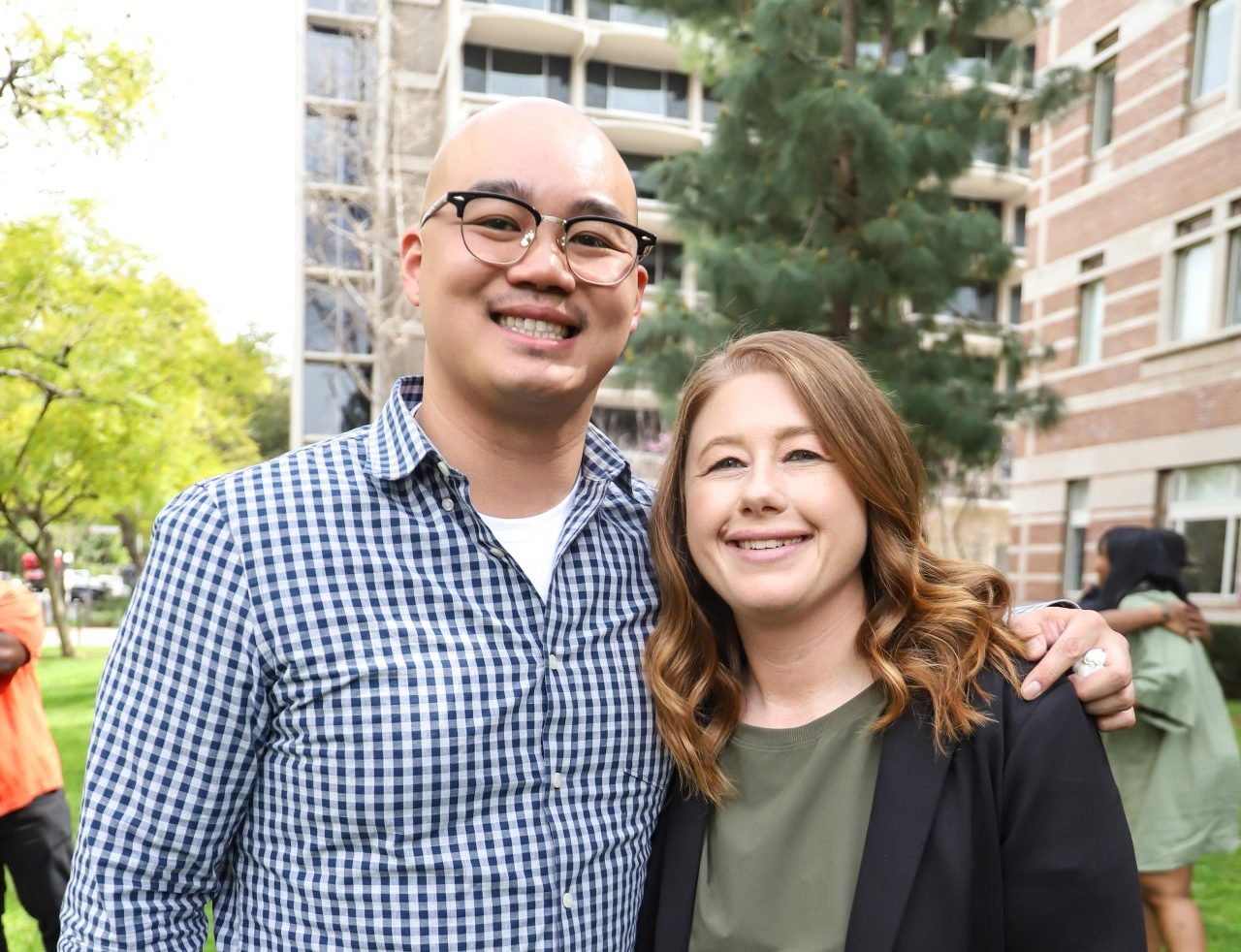Community-based organizations, especially those that employ credible messengers and others who draw on their own life experience to mentor and support people facing similar challenges, can be far more effective than government. Yet few of these organizations are operating at scale to meet the needs in their communities.
It’s a classic catch-22: Organizations need funding to grow, evolve, and become increasingly effective, but the funding that would enable them to grow — particularly funding from government — is often out of reach because their infrastructure and ability to compete for those grants is still underdeveloped.
What would happen if government changed the rules? Over the past few years, we had a chance to study the process and results of an investment strategy in Alameda, California, that prioritized building the capacity of local CBOs that work with system-involved individuals.
When California passed the Public Safety Realignment Act (AB 109) in 2011, the aim was to reduce the state’s overcrowded prisons by investing in local entities far better positioned than the state’s parole division to help system-involved people succeed. The legislation came with funding for county probation departments. Probation officials in Alameda County made the bold decision to earmark fully half of their funding to support innovative, community-based reentry services and programs.
Between 2016 and 2019, Alameda County distributed roughly $9 million dollars to community-based organizations in grant amounts ranging from $50,000 and $250,000. In addition to funding a wide range of reentry services and other programs for formerly incarcerated people, the County also provided grants to help these CBOs build their own capacity in areas such as program management, fundraising, communications, and governance — important work that even private donors rarely support. And to make the money accessible to smaller, less developed organizations, the county provided advisors to walk applicants through the complex process of applying for a grant from the newly created Community Capacity Fund (CCF).
Our research, conducted at the request of the county, found that CCF grantees succeeded on both fronts: They launched new, often innovative programs or expanded existing ones, and they developed as organizations, especially in the areas of fundraising and fiscal sustainability. Among the subset of organizations we studied, for example, all of them felt more confident and able to apply for government grants. Indeed, many of them went on to win state and federal grants and contracts to further support their re-entry work.
The League of Women Voters of Oakland provides a compelling example of the power of a capacity-building grant. With the funding they received from Alameda County, they developed a Reentry Task Force that today provides voting rights and election information to 14 community-based organizations serving formerly incarcerated residents of Oakland. In 2020, the National Organization of League of Women Voters recognized the Task Force at its national convention with a best-in-class award for Strengthening Democracy.
The League is just one success story among many. Strengthening community-based organizations that are in the best position to assist formerly incarcerated people is an approach that should be taken up by counties across the nation.
Ana Ramirez Zarate, a research analyst at IJ’s Research & Action Center, has a master’s degree in Public Policy from UC Riverside with an emphasis on immigration, race, and ethnicity. Her work focuses on organizing at the intersection of the criminal justice and immigrant rights movements and building the capacity of directly impacted individuals.




